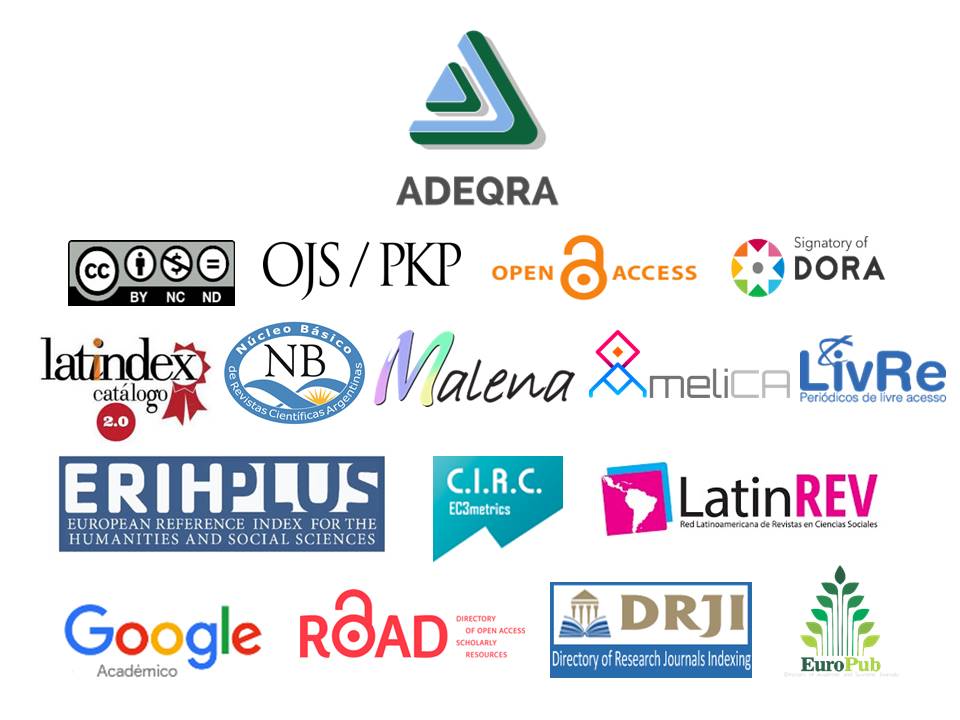Analysis of the rhetorical structure of the "Continuing Education" booklets published during the Social, Preventive and Compulsory Isolation
Keywords:
chemistry, pandemic, institutional coherence, rhetorical structure analysis, textbookAbstract
In this work we analyzed the instructional coherence of the chemistry educational texts contained in the basic and oriented cycle booklets distributed by the National Ministry of Education from the beginning of classes in March until the winter break in July, as part of the program "Seguimos educando" (We continue educating), developed during the covid-19 pandemic. As a result, we found different rhetorical styles that allowed us to classify the texts into two different groups (Group A and B). The texts of group A present an affirmative dogmatic science model, a distant receiver model, a coherent didactic transmissive model and factuality that presents academic facts prioritizing definitions. The texts of group B present a close receiver model, a problematic didactic model and factuality where real facts predominate.
References
Espinet, M., Izquierdo, M., Bonil, J., De Robles, S. L. R. (2012). The role of language in modeling the natural world: perspectives in science education. In B. J. Fraser, K. Tobin, C. J. McRobbie (eds.), Second international handbook of science education. (pp. 1385–1403). Dordrecht: Springer.
Hernández Silva, C. V. (2012). Identificación de los indicios de calidad en la transición de los libros de texto de papel hacia los libros digitales: El caso de las Ondas. Universitat Autònoma de Barcelona.
Izquierdo, M., Márquez, C., Gouvêa, G. (2006). La función retórica de las narraciones experimentales en los libros de ciencias. Presentación de una pauta de análisis. Revista Brasileira de Pesquisa em Educação em Ciências, 6(2). https://periodicos.ufmg.br/index.php/rbpec/article/view/4049
Izquierdo, M., Márquez, C., Gouvea, G. (2008). A Proposal for Textbooks Analysis: Rhetorical Structures. Science Education International, 19, 209–218.
Izquierdo, M., Adúriz-Bravo, A. (2003). Epistemological Foundations of School Science. Science&Education, 12(1), 27–43.
Sikorski, T.-R., Hammer, D. (2017). Looking for coherence in science curriculum. ScienceEducation, 101(6), 929–943.
UNICEF (2020). “Encuesta de Percepción y Actitudes de la Población. Impacto de la pandemia COVID-19 y las medidas adoptadas por el gobierno sobre la vida cotidiana” INFORME SECTORIAL: EDUCACIÓN UNICEF Argentina.
Published
How to Cite
Issue
Section
License
Copyright (c) 2021 Andrés Espinoza-Cara, María Constanza Bauza Castellanos, Gabriela García-Huarque

This work is licensed under a Creative Commons Attribution-NonCommercial-NoDerivatives 4.0 International License.



